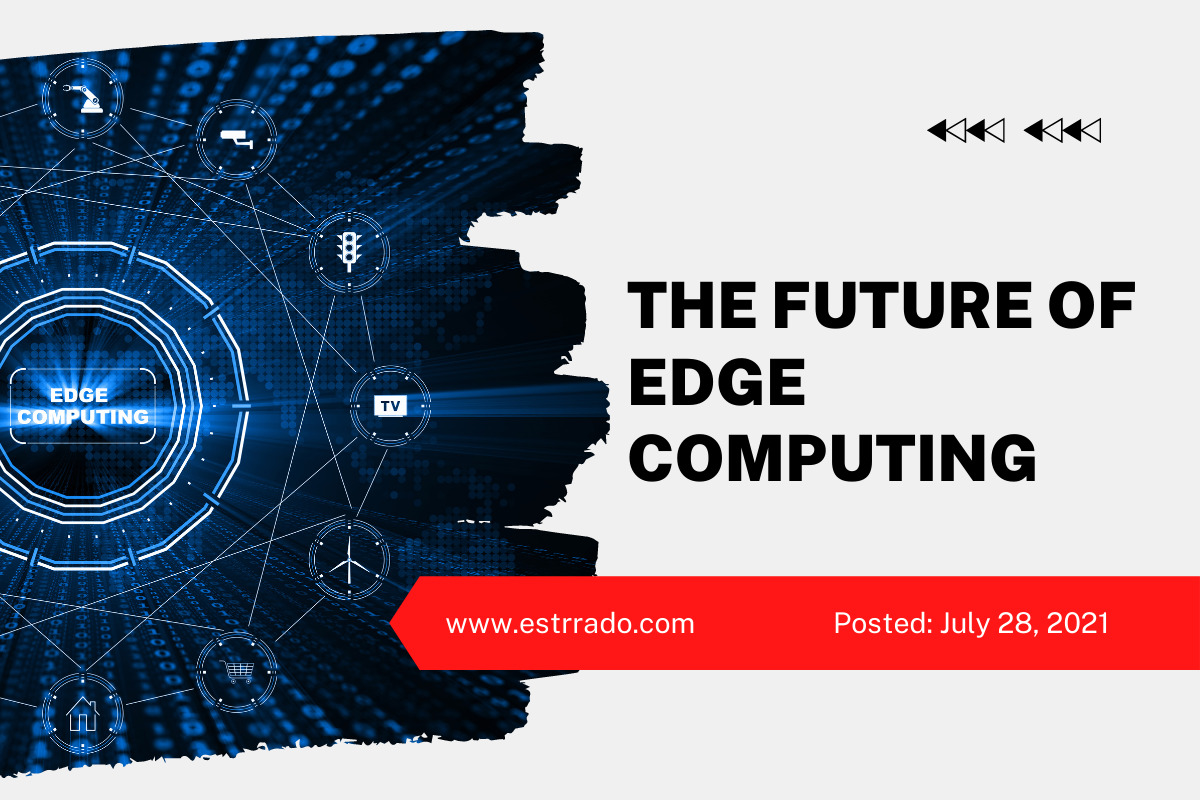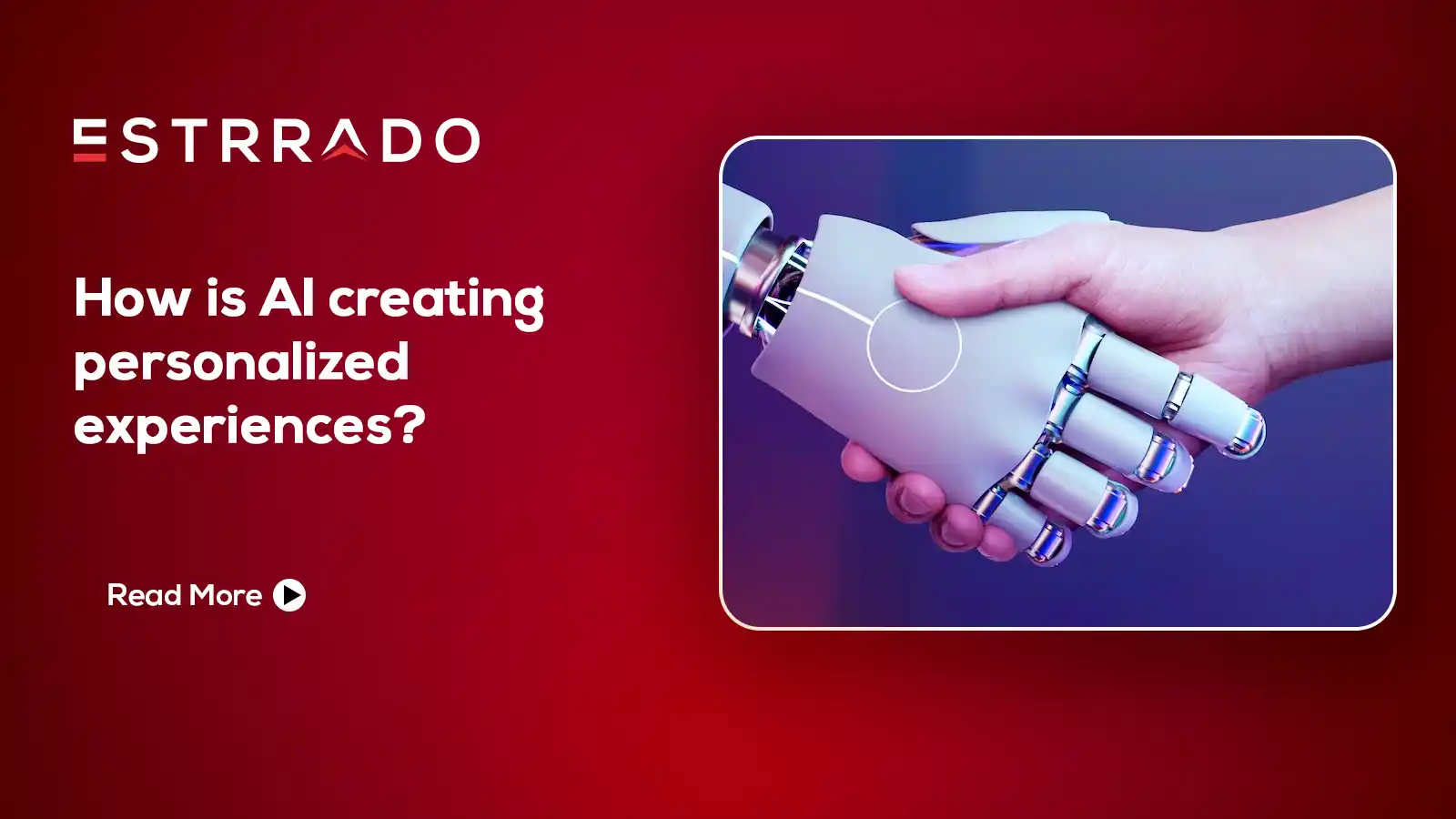The COVID-19 pandemic has pushed all the enterprises around the world to digitally alter their business as the rate of people working from home is increasing. As remote work is becoming more popular, many firms are making use of edge to store crucial data, which is similar to cloud computing. However, “EDGE COMPUTING” is lagging behind in terms of digital transformation. Edge computing is a type of cloud computing in which data is kept at the system’s edge. This will move all stored data closer to the point of production and consumption. This procedure aids in increasing data transmission speed. Edge computing’s digital transformation helps enterprises all over the world improve operational efficiency and cut costs.
Edge computing isn’t a new concept in the world of technology. It was made possible by Internet of Things (IoT) technologies. Edge computing has allowed IoT to progress to the next phase of digital transformation. Edge computing provides enterprises with a futuristic ROI and helps them make more productive decisions. IoT devices in today’s world are capable of collecting, storing, processing, and retrieving large amounts of data. As a result, enterprises will have more options to optimize their processes by shifting processing activities closer to where data is collected at the network edge, where it can be examined and processed in real-time closer to the intended users.
Edge computing provides speed and flexibility in data handling by avoiding the need for data to travel back to the main server, as well as a wide range of opportunities for businesses. Let’s talk about the advantages of edge computing.
-
Speed
For businesses, every millisecond is crucial. They can lose a lot of money due to simple delays or disruption in their job. Edge computing reduces latency, allowing enterprises to increase network speed. It aids in shortening the distance travelled by processed data to the server. This will decrease the speed rate from milliseconds to microseconds, improving the service’s speed quality and responsiveness.
-
Security
Data saved in the cloud has the potential to be hacked. This can be avoided by sending pertinent data to the cloud via edge computing. Edge computing does not always necessitate the use of the internet. When hackers infiltrate the cloud, not all of the users’ information is at risk. Edge computing can’t guarantee total security against hacking. Edge computing, on the other hand, has a low danger rate when compared to cloud computing.
-
Reliability
Edge computing can help with reliability. Most of the time, edge computing does not require an internet connection, and it may therefore provide an uninterrupted service. Users don’t have to worry about network outages or poor internet connections because micro data centers allow them to store and access data locally. As a result, edge computing can be employed in remote regions with unreliable internet connections.
-
Cost
IoT services are more expensive to implement because they demand more data bandwidth, storage space, and computing power. Edge computing for IoT services can assist reduce bandwidth and data storage requirements while also allowing data centers to be replaced with device solutions. The data is not entirely moved to the cloud. The data is filtered, and only the necessary information is sent to the cloud, which reduces network bandwidth and lowers total infrastructure expenses.
-
Scalability
Data from the cloud system must be moved to a centralized data center. Modifying or expanding the data center might be pricey. Edge computing can be utilized to scale down an IoT network without having to worry about storage.
WHAT’S THE FUTURE OF EDGE COMPUTING?
Businesses can benefit from a shift to edge computing by taking advantage of the expanding number of IoT edge devices, improving network speed, and meeting customer demands. Edge computing is scalable, making it a great choice for fast-growing and flexible businesses, particularly those that rely on data centers and cloud infrastructure. Organizations may optimize their networks to provide services that are both reliable and flexible, resulting in happier consumers.
Edge computing is critical in providing benefits to network design and will aid in the company’s growth. Organizations are likely to realize the full potential of edge computing as the number of internet-connected devices grows.
In today’s data center, edge computing is a valuable resource and technique. Interested in learning about technology? Keep reading our other blog posts.








